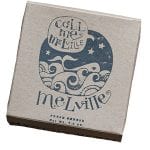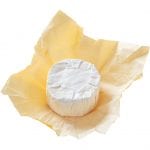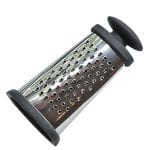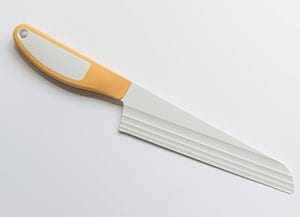October 23, 2014
Easy Cheese: Jason Sobocinski ’01 shares tips on enjoying cheese
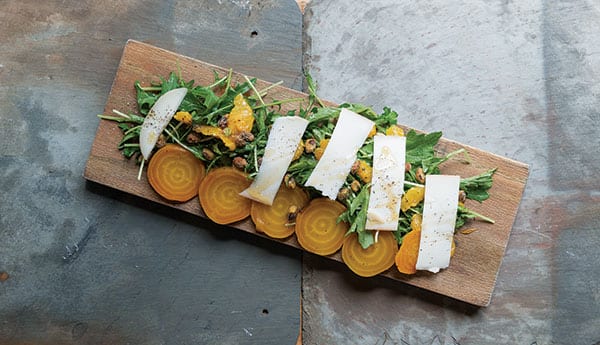
Serving cheese
Jason Sobocinski ’01 only eats fresh cheeses cold, like mozzarella or feta.
“For most varieties, you really get the actual taste, flavors” when the cheese is room temperature, he says.
In the hottest part of the summer, taking your cheese out of the fridge 20 minutes before serving would be fine. During the winter, however, he puts cheese on a plate, inverts a bowl over it to protect it from the elements — and pets — and sets it near the pilot light of a gas stove.
If you’re serving several cheeses, put each under a separate bowl, lest the warming process transfer some of the aromas of some cheeses to others.
When it’s time to serve, “I’m not a fan of precutting cheese,” Sobocinski says. “One piece is more impactful.
Put it on a plate, and let your guests have at it.”
Sobocinski and his partner started Mystic Cheese Company, and their Melville cheese is made in an Italian style, similar to a crescenza or a fresh mozzarella. This cheese has earned a reputation as a good melter, so be sure to try it in a warm sandwich.
Wrap cheese in cheese paper — a porous paper with a thin, plastic coating — or parchment. “It allows it to breathe and be alive,” Sobocinski says.
He recommends leaving it in your fridge’s vegetable crisper drawer, lined with damp paper towels. “The cheese and meat drawer is never big enough,” he says.
If your cheese gets hard edges, cook with it — grate those unappealing bits up for a grilled-cheese sandwich or sprinkle it over vegetables. Or, for cheeses with a hard rind-like pecorino romano, “I like to throw it into a sauce or a soup,” Sobocinski says.
Don’t buy too much at a time. “Buy what you can eat in a week,” he says. “Why buy more than you can use?”
At his restaurants, Sobocinski serves cheese on reclaimed slate roofing tiles or Brazilian mahogany. But “I’m not personally a very fancy person.” A simple plate is not going to affect the flavor of the cheese, he says.
He sells equipment by Boska, a Dutch company, in his restaurant, but that might not be critical for the home cook. If you often cook with soft cheeses that would normally stick to a knife, such as taleggio, Sobocinski recommends a plastic knife by Fairchild Tech. “It’s nice for getting clean cuts,” he says.
— Liz F. Kay





